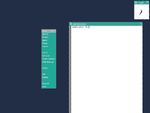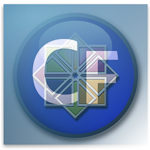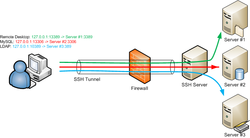Free Lonely Planet City Guides for iPhone
 Monday, April 19, 2010 at 23:01
Monday, April 19, 2010 at 23:01  Not being able to fly has its advantages. In response to the widespread chaos caused by the eruption of Iceland’s Eyjafjallajokull volcano (pronounced as 'whatever'), Lonely Planet is offering 13 of its European iPhone guides for free (as in 'free beer').
Not being able to fly has its advantages. In response to the widespread chaos caused by the eruption of Iceland’s Eyjafjallajokull volcano (pronounced as 'whatever'), Lonely Planet is offering 13 of its European iPhone guides for free (as in 'free beer').
 Willem |
Willem |  Post a Comment |
Post a Comment |  Eyjafjallajokull,
Eyjafjallajokull,  city guide,
city guide,  free,
free,  lonely planet,
lonely planet,  volcano in
volcano in  Software,
Software,  Tips'n Tricks,
Tips'n Tricks,  iPhone
iPhone 





